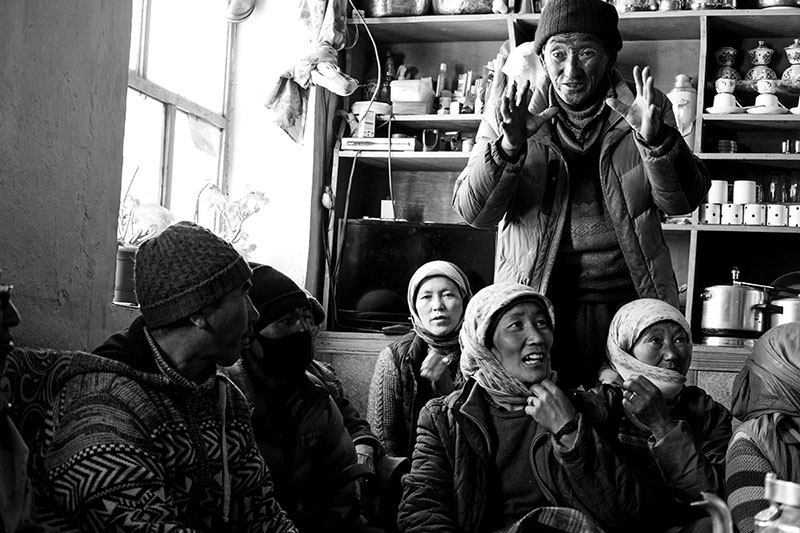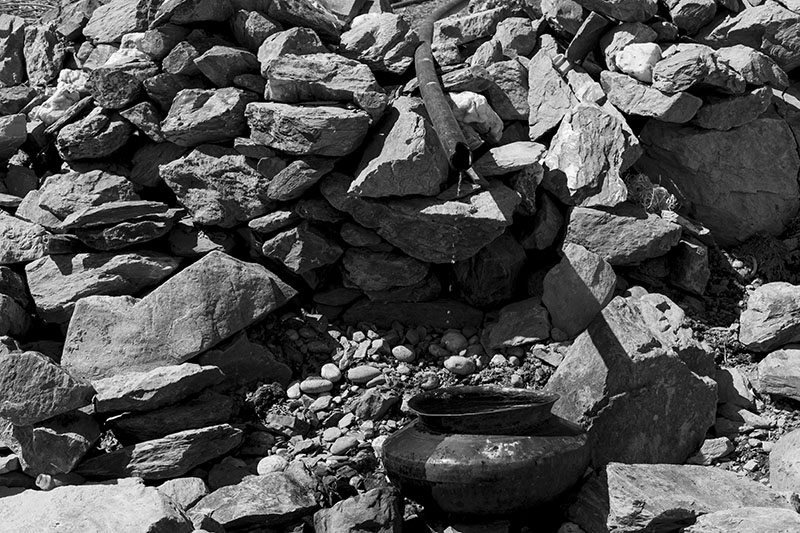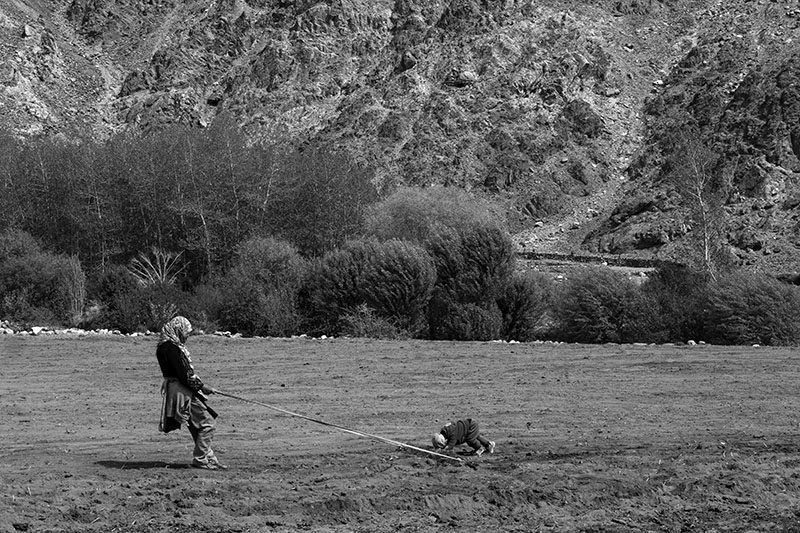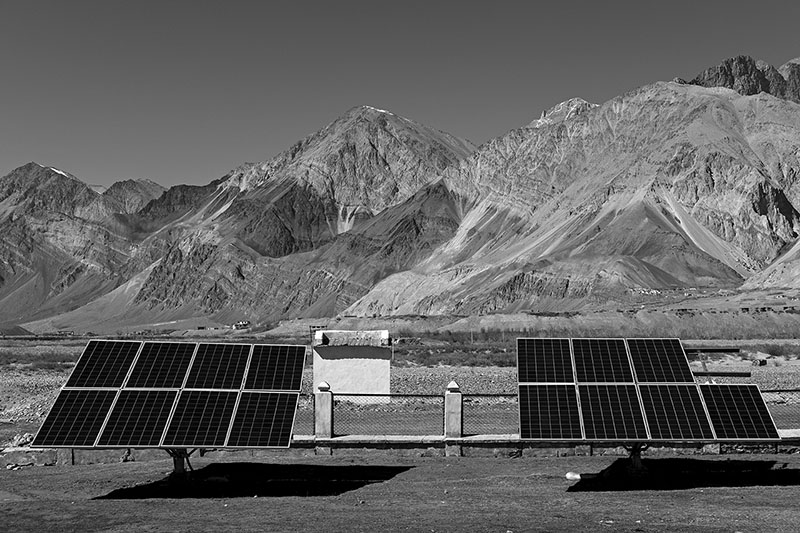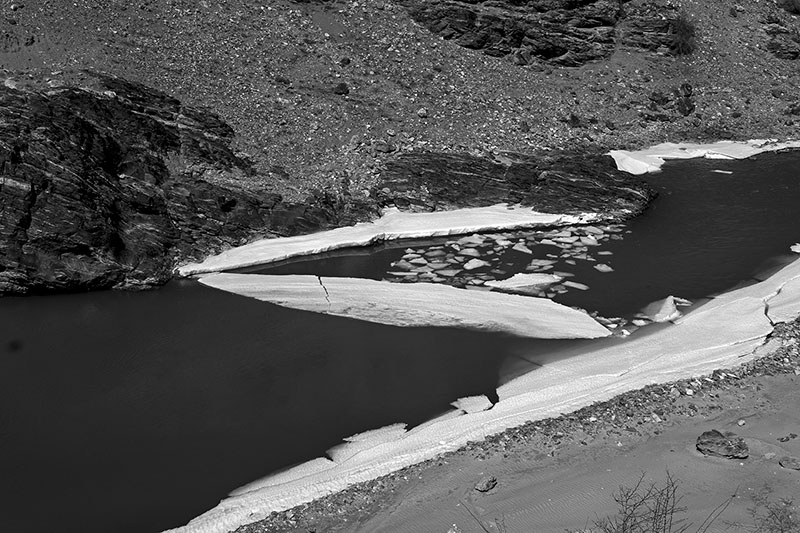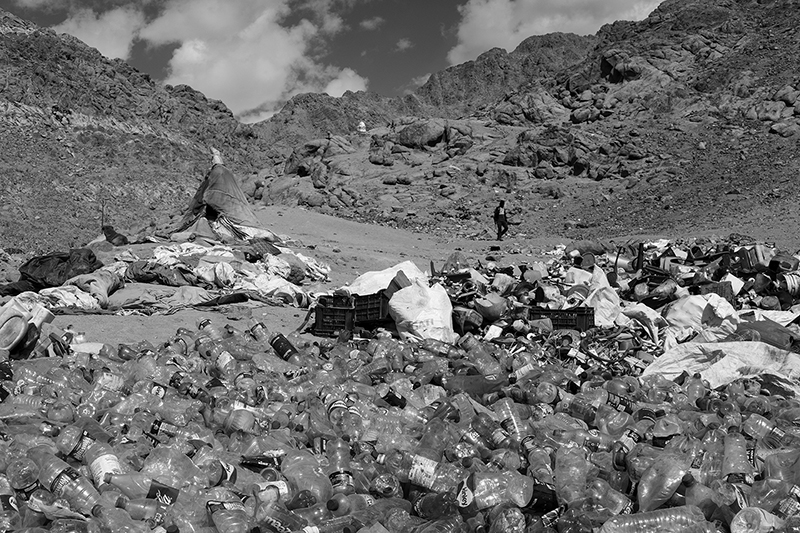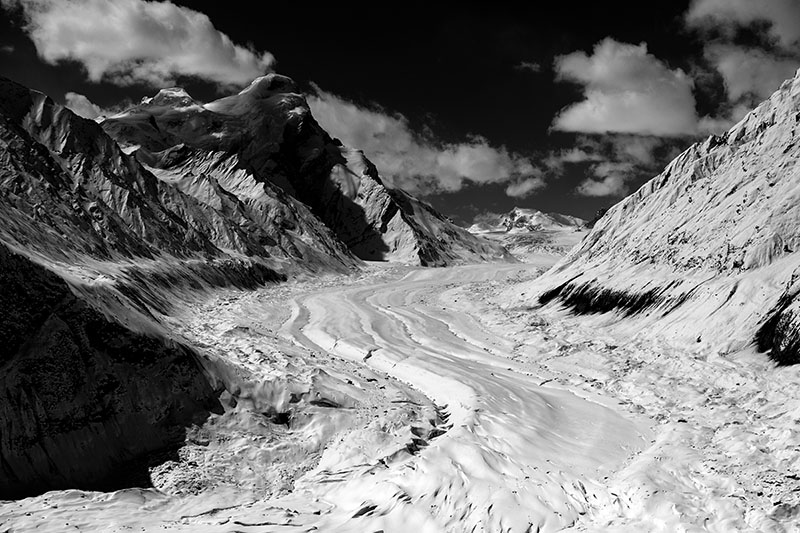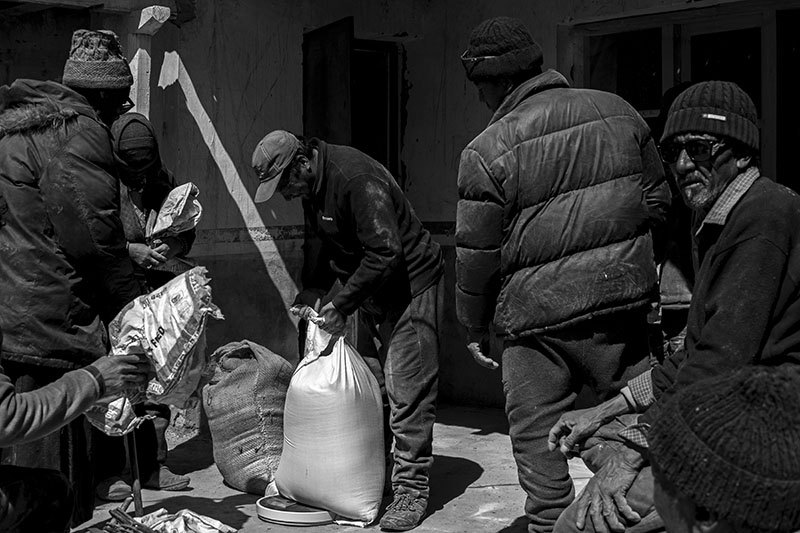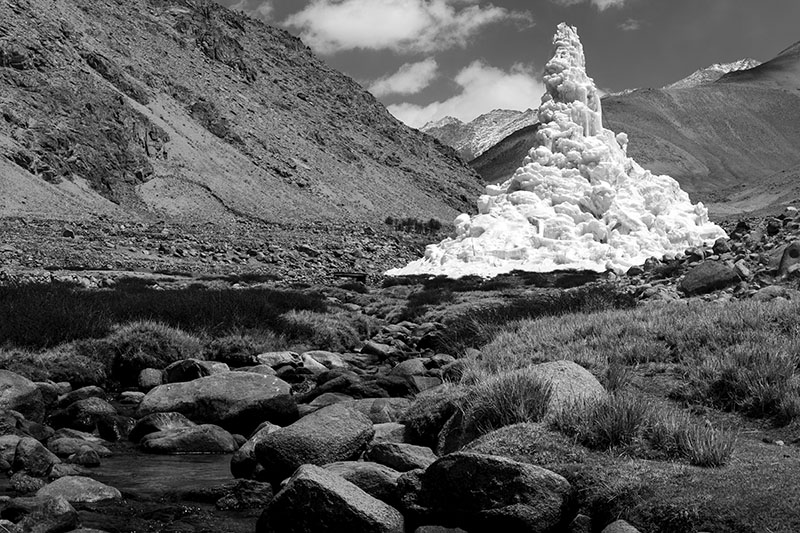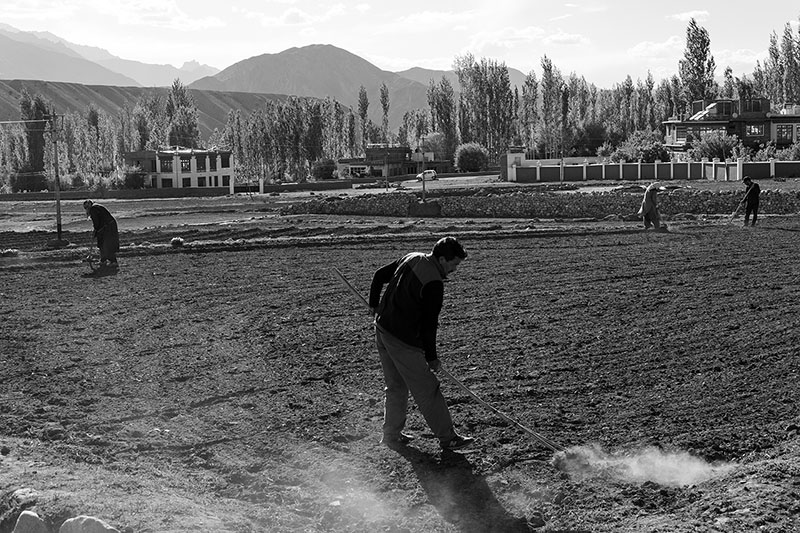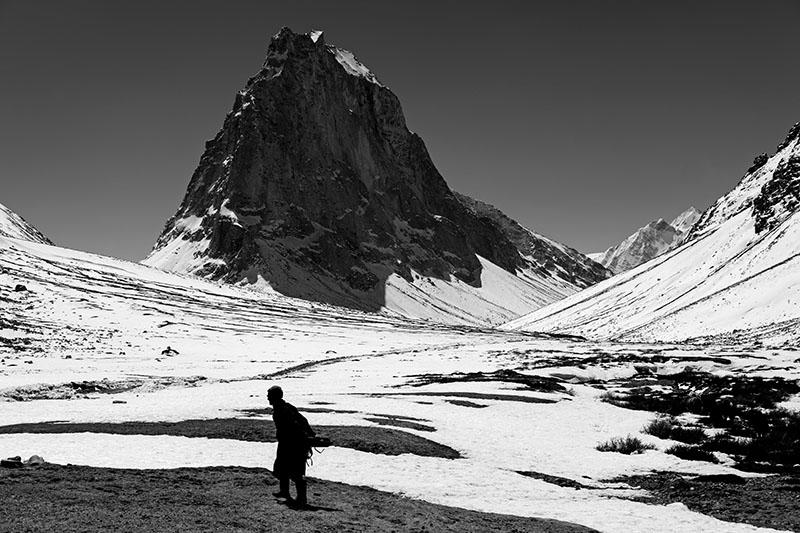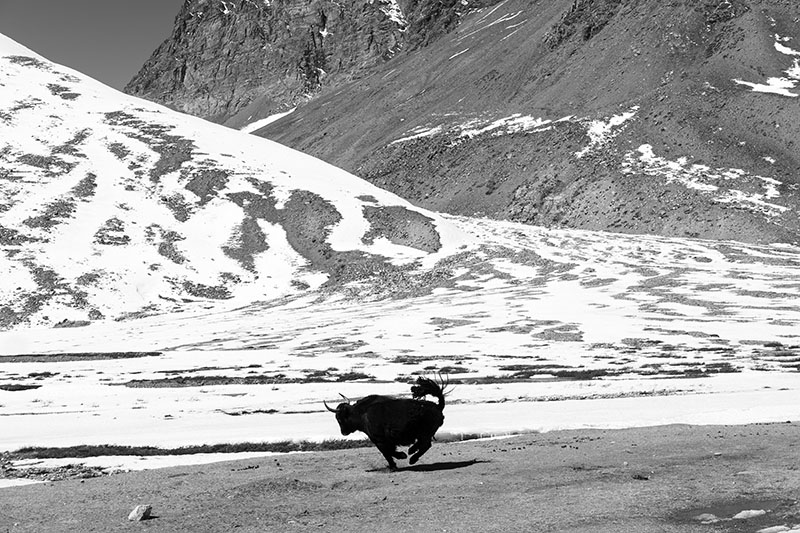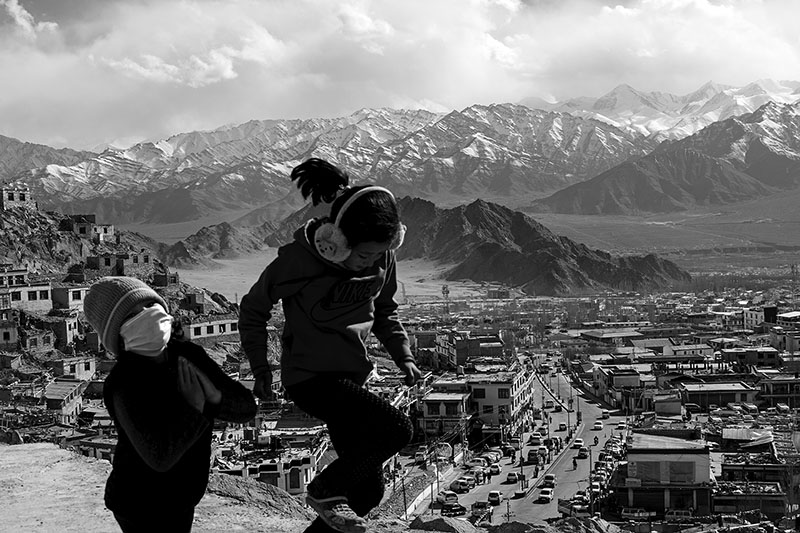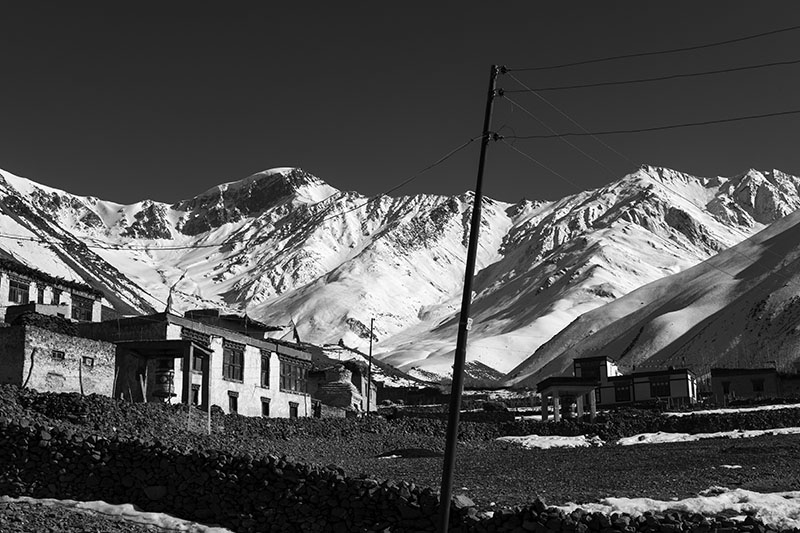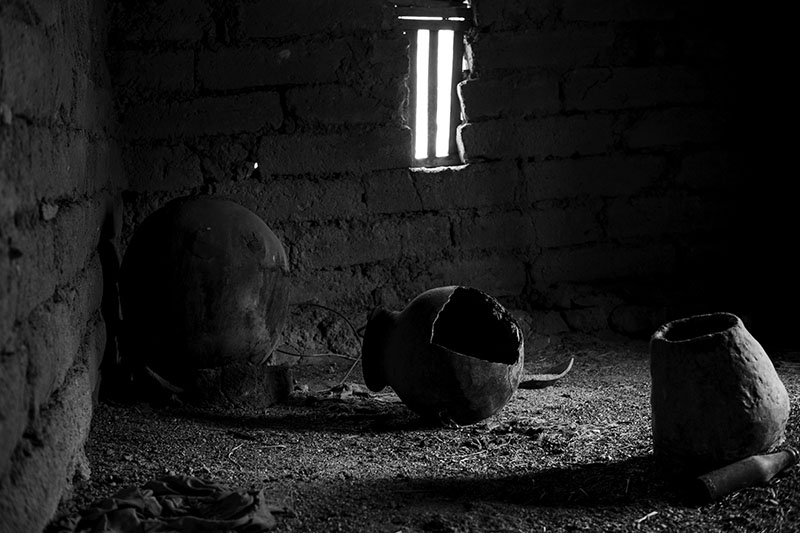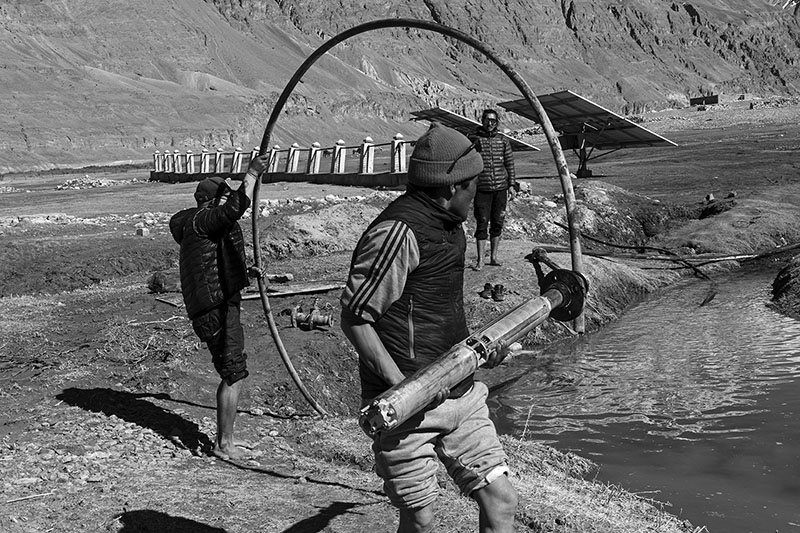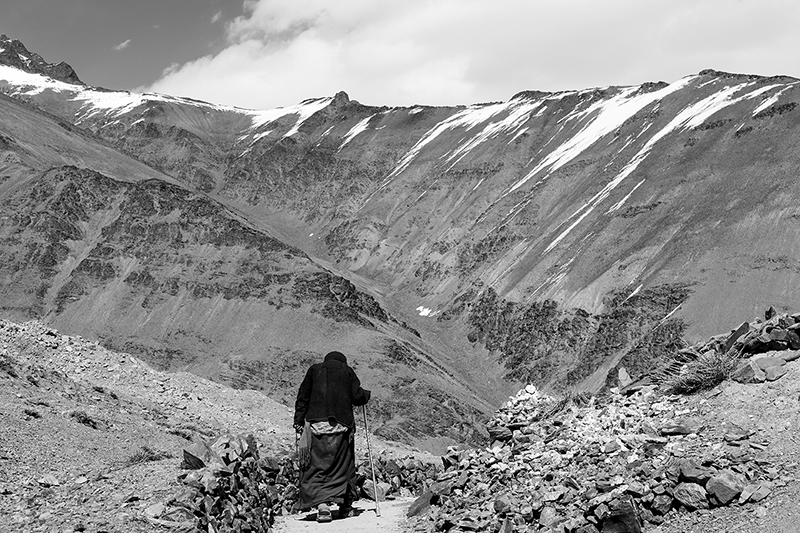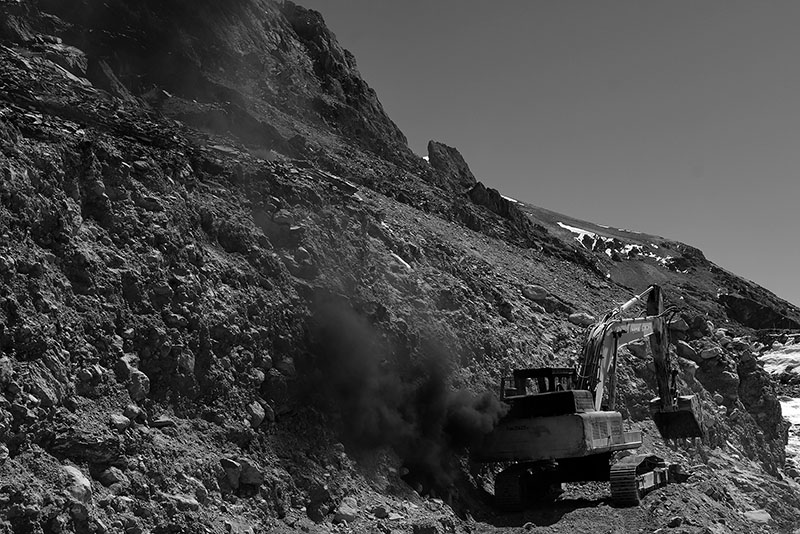Glaciers of Ladakh
The rise in temperature due to climate change melts Himalayan glaciers in the Ladakh region, threatening the lives of millions of people.
Ladakh is a cold desert and its arid climate makes conditions harsh for agriculture. Almost 90% of farmers in Ladakh are dependent on snowmelt water for irrigation. Scientists say the water problem in this area is mainly due to climate change. There has been a 3 degree Celsius rise in the average temperature in Ladakh over the past four decades. This has caused less snowfall in winters, rapidly receding glaciers and warmer spring days. For example, the struggle for water in Kumik village of Zanskar is forcing inhabitants to abandon their ancestral land and homes.
The report, Climate Change 2022: Impacts, Adaptation and Vulnerability, compiled by 270 authors from 67 countries, incorporating research from over 34,000 scientific papers, identifies 127 risks to natural and human systems and notes that nearly half the global population now lives in settings that are “highly vulnerable to climate change.” However, climate change disproportionately affects marginalized groups, amplifying inequalities and undermining sustainable development across all regions, it states with “high confidence”. “The poor typically have low carbon footprints but are disproportionately affected by adverse consequences of climate change,” it states, adding that they lack access to adaptation options. The report identifies that the most vulnerable regions are located in Global South — East, Central and West Africa, South Asia, Micronesia and in Central America. These regions already reel from the compound challenges of high levels of poverty, inadequate access to basic services like water and sanitation, gender inequalities and poor governance.
Ladakh, India,2022
Ongoing project.


